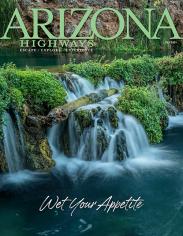Winslow to Second Mesa
Navajo Nation, Hopi Tribe
Monument Valley is one of the Southwest’s iconic landscapes. But sometimes, a drive through it can leave you longing for more solitude and fewer tourists standing in the road with selfie sticks. Fortunately, there’s another “Monument Valley” on the Navajo Nation, and this one is well off the beaten tourist path. Take the scenic route from Winslow to Second Mesa, and you’ll be treated to a dazzling array of otherworldly buttes in a land where the only creatures in the road are cows.
